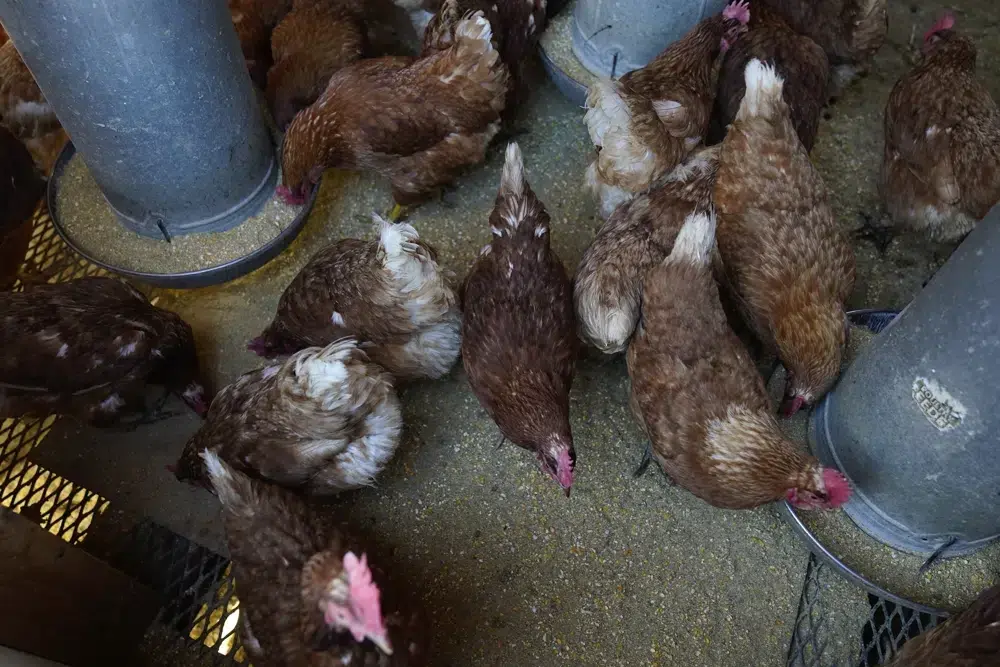
The ongoing bird flu outbreak has cost the government roughly $661 million and added to consumers’ pain at the grocery store after more than 58 million birds were slaughtered to limit the spread of the virus.
In addition to the cost of the government response and rising prices for eggs, chicken and turkey, farmers who raise those animals have easily lost more than $1 billion, said an agricultural economist, though no one has calculated the total cost to the industry yet.
The bad news is that with the outbreak entering its second year and the spring migratory season looming, there is no end in sight. And there is little farmers can do beyond the steps they have already taken to try to keep the virus out.
Unlike past years, the virus that causes highly pathogenic avian influenza found a way to survive through the heat of last summer, leading to a rise in cases reported in the fall.
The outbreak is already more widespread than the last major bird flu outbreak in 2015, but it hasn’t proven as costly yet partly because the government and industry applied lessons learned eight years ago.
“The past year has been devastating for the turkey industry as we experience, unequivocally, the worst HPAI [highly pathogenic avian influenza] outbreak in the industry’s history,” National Turkey Federation spokeswoman Shelby Newman said.
In the current outbreak, 58.4 million birds have been slaughtered on more than 300 commercial farms in 47 states. That is because any time the virus is detected, the entire flock on that farm, which can number in the millions, must be killed to limit the spread of the disease.
Only Hawaii, Louisiana and West Virginia have yet to report a case of bird flu. Iowa, the country’s biggest egg producer, leads the nation with nearly 16 million birds slaughtered.